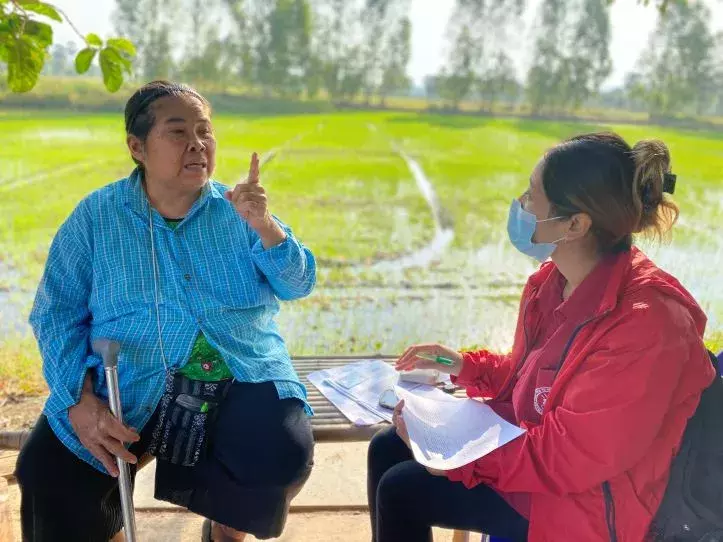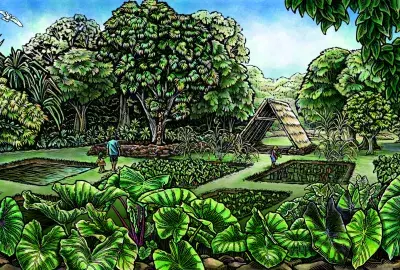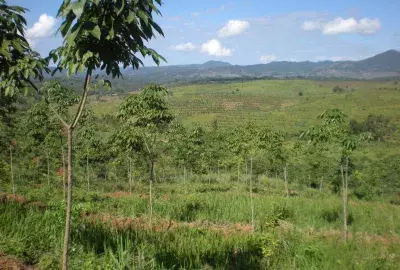Error message

With roughly 63 percent of the country’s agricultural area allocated for rice farming, rice has long been a key food staple and export crop for Thailand. As with other crops, rice is heavily dependent on water, whether it is from precipitation or irrigation, and is also sensitive to changing temperatures. The impacts of droughts and floods on rice farming are a fundamental source of concern for Thai farmers and the government.
This article focuses on the effects of droughts and floods on rice quality and quantity, as well as on farmers’ rice income and prospects for livelihood diversification. Based on our interviews with rice farmers in Uthaithani, Chainat, and Ayutthaya, droughts and floods diminish rice yields and increase incidences of crop failures, both partial and complete. They also lower the quality of rice and further depress net head rice yields by altering rice grain dimensions and moisture levels, as well as increasing the amount of cracked and immature grains. These outcomes contribute to a significant decline in farmers’ earnings and investment losses in the case of crop failures. Reduced access to government subsidies together with increased input costs due to droughts and floods are also crucial factors decreasing farmers’ earnings. Off-farm and on-farm livelihood diversification becomes an inevitable survival strategy for many rice-farming households to manage weather related challenges, stabilize their income, and smooth consumption. Our findings point out the need to bolster on-farm adaption capacities of rice farmers at the household, provincial, and national levels to ensure domestic and global rice security and ameliorate dangers to Thai farmers’ livelihood and well-being.
The views expressed are those of the author and do not necessarily reflect East-West Center policies or positions.
With roughly 63 percent of the country’s agricultural area allocated for rice farming, rice has long been a key food staple and export crop for Thailand. As with other crops, rice is heavily dependent on water, whether it is from precipitation or irrigation, and is also sensitive to changing temperatures. The impacts of droughts and floods on rice farming are a fundamental source of concern for Thai farmers and the government.
This article focuses on the effects of droughts and floods on rice quality and quantity, as well as on farmers’ rice income and prospects for livelihood diversification. Based on our interviews with rice farmers in Uthaithani, Chainat, and Ayutthaya, droughts and floods diminish rice yields and increase incidences of crop failures, both partial and complete. They also lower the quality of rice and further depress net head rice yields by altering rice grain dimensions and moisture levels, as well as increasing the amount of cracked and immature grains. These outcomes contribute to a significant decline in farmers’ earnings and investment losses in the case of crop failures. Reduced access to government subsidies together with increased input costs due to droughts and floods are also crucial factors decreasing farmers’ earnings. Off-farm and on-farm livelihood diversification becomes an inevitable survival strategy for many rice-farming households to manage weather related challenges, stabilize their income, and smooth consumption. Our findings point out the need to bolster on-farm adaption capacities of rice farmers at the household, provincial, and national levels to ensure domestic and global rice security and ameliorate dangers to Thai farmers’ livelihood and well-being.
The views expressed are those of the author and do not necessarily reflect East-West Center policies or positions.








